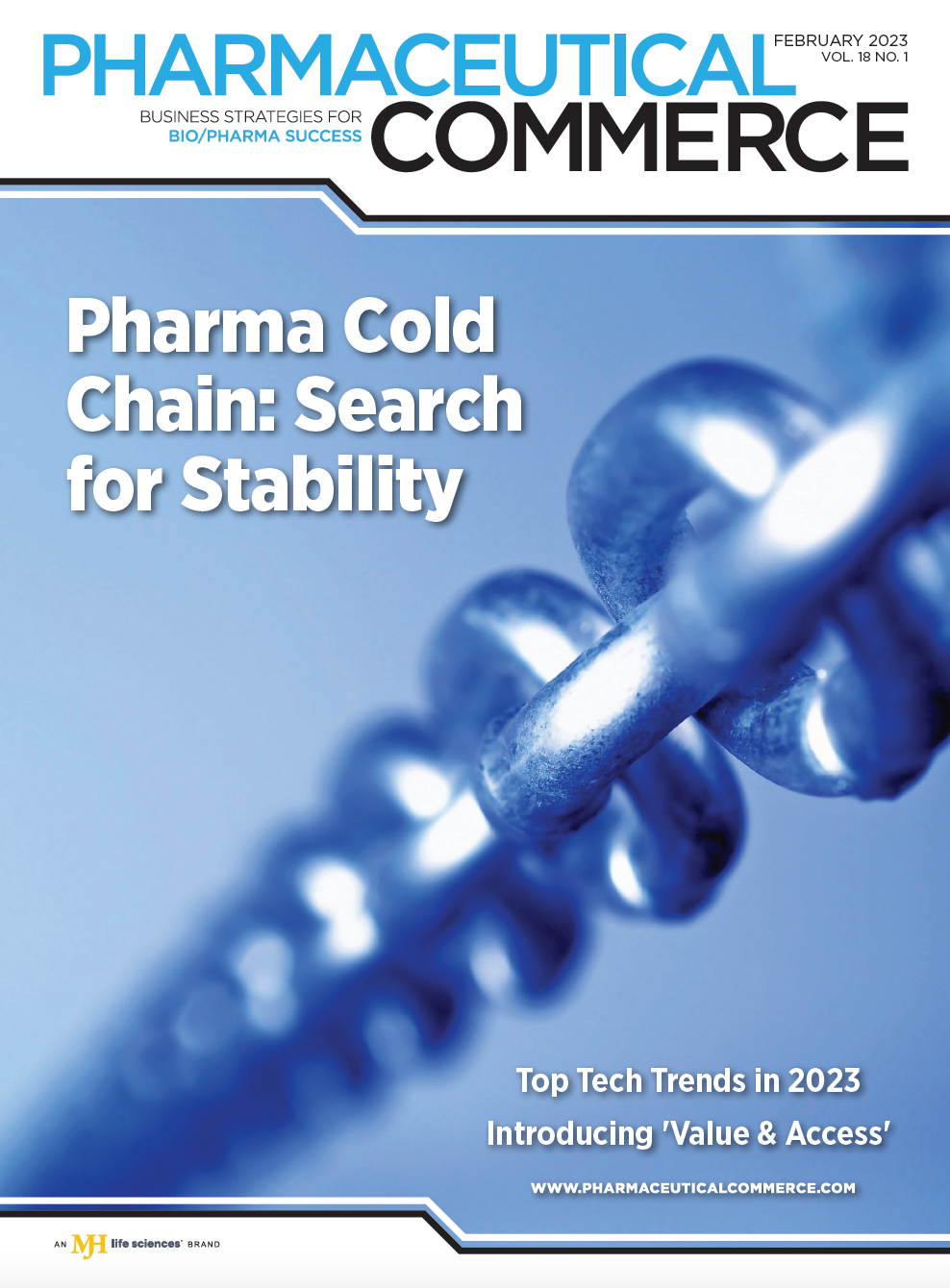The Impact of Industry-Powered Education
A multitude of conclusions surrounding distribution were reached at the Trade & Channels Strategies conference.
I thought I would begin this issue’s “From the Editor” where the last entry left off—my Trade & Channels Strategies experience. The conference, organized by Informa and held in Philadelphia in December, has a goal of doing exactly what its name suggests: Uniting biopharmaceutical manufacturers and wholesalers—along with their trading partners—to discuss not only the obvious (trade, channel strategy), but also topics including:
- Distribution
- Reimbursement
- Market access
- Specialty pharmacy
- Commercial operations
- Patient services
- Logistics
All of these aforementioned subjects are right in the wheelhouse of Pharmaceutical Commerce’s editorial coverage, which was one of several reasons I was excited to attend for the first time.

There were a multitude of useful tidbits that I gathered over the course of the three days, beginning with a presentation on the current and future trends impacting trade and distribution by Bill Roth, general manager and managing partner of Blue Fin Group, a management consulting firm that is also an IntegriChain company. He set the tone early by quoting a colleague in saying that although “we are at a tectonic shift of plates in distribution,” pharmaceuticals continue to operate via five main distribution models:
- Wholesale:Manufacturers selling to 80,000 points of shipment.
- Specialty: Manufacturers selling to clinics.
- Physician: Manufacturers selling to physicians’ offices.
- Direct: Manufacturers selling to warehouse/finite locations.
- Niche:Manufacturers selling on a secondary basis.
Meanwhile, in his state of the channel address, Dave Weiss, IntegiChain’s VP of industry solutions, pointed out that channel disruption has indeed arrived, and the resulting pressure of rising distribution fees and patient access obstacles is forcing changes in commercial strategy. He also presented a notion that I found interesting: Due in large part to COVID-19, vaccinations are expected to shift more to retail pharmacies, but other than for influenza, he adds, this hasn’t really occurred across the adult vaccination market yet. And perhaps this makes sense—a piece put out by Pharmacy Times reminded me that the convenience of walking into a pharmacy at any given time to be immunized (even without an appointment) goes a long way.
Switching gears, I wanted to echo Mike Hennessy Jr.'s thoughts in his "Publisher's Note" in stressing the importance of sustainability in our industry. It bears repeating: It is a theme that will continue to grow in relevance. I was fortunate enough to present on this topic at the Trade & Channels show, and have come to realize that listing the many important statistics associated with sustainability and reducing the carbon footprint would be too large to fit on one page. However, I’ll leave you with one that has been top of mind as of late. A report released by ReportLinker states that according to WHO, over 300 million tons of plastic waste is produced by the pharma sector, with 50% of that waste being single-use.

Nicholas Saraceno is Pharmaceutical Commerce's Editor. He can be reached at [email protected].

Strategic Trends in Pharmaceutical Manufacturing for Industry Leaders
March 10th 2025This link in the pharma supply chain is undergoing a major transformation propelled by technological advancements, regulatory changes, and evolving market dynamics, requiring industry leaders to adopt innovative strategies in order to remain competitive.
The Digital Transformation Reshaping Hospitals and Medication Management
January 20th 2025Despite challenges surrounding communication overload, drug shortages, and cybersecurity risks, this term is revolutionizing medication management and patient care through the use artificial intelligence and predictive forecasting.